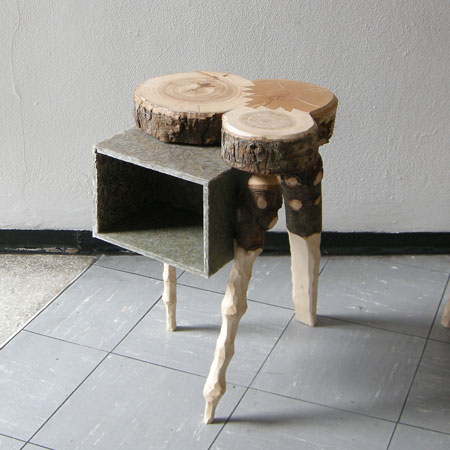
Christmas Tree Furniture by Fabien Cappello
Royal College of Art graduate Fabien Cappello has created a collection of furniture from unwanted Christmas trees.
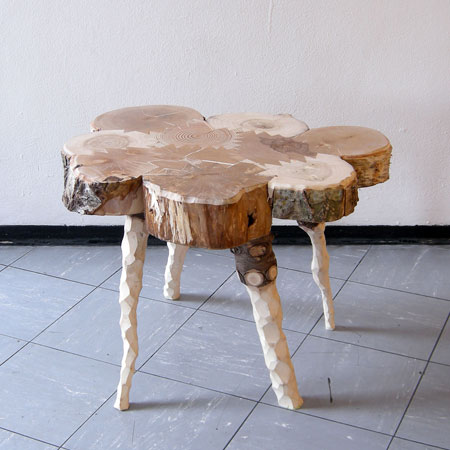
Cappello harvested timber from the 1.8 million Christmas trees discarded on the streets of London each January.
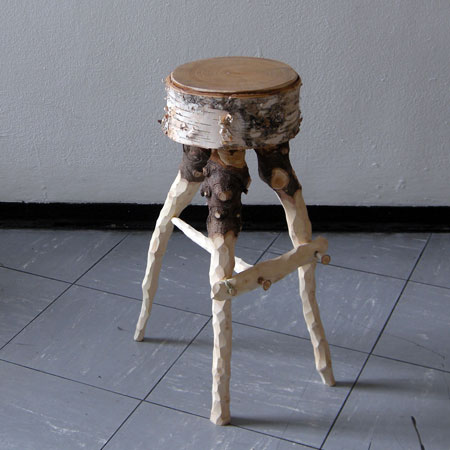
The trunks become timber, the branches became dowels, and the needles became a new compressed board material.
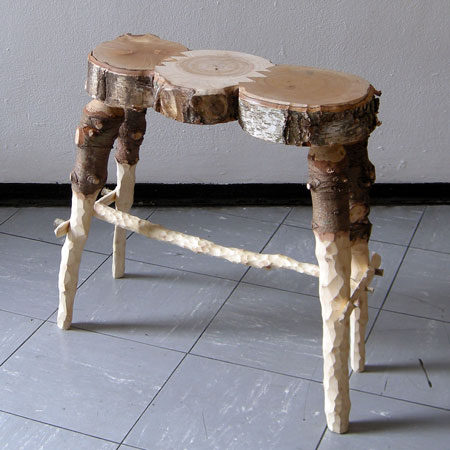
Cappello says the project is not about waste collection or recycling, but rather how people integrate with urban environments.
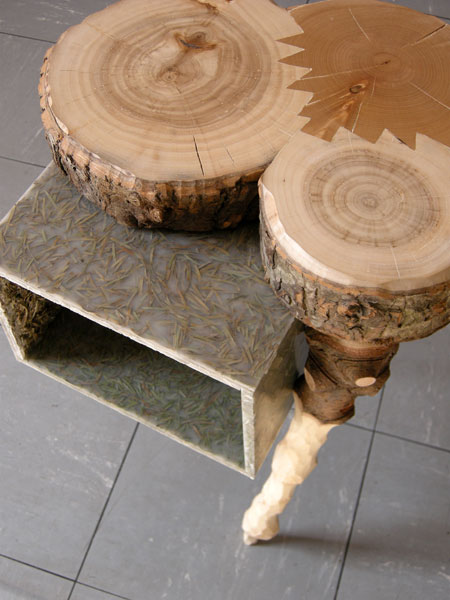
Fabien's work is part of the Royal College of Art show two, which runs until 5 July (closed 3 July).
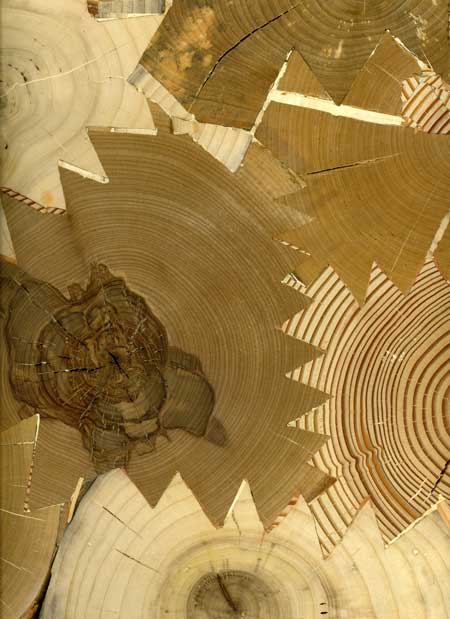
See our earlier story about Cappello's ECAL graduation projects.
See other Dezeen stories about 2009 Royal College of Art graduates:
Folding Plug by Min-Kyu Choi
The Drop Series by Olivia Decaris
The Toaster Project by Thomas Thwaites
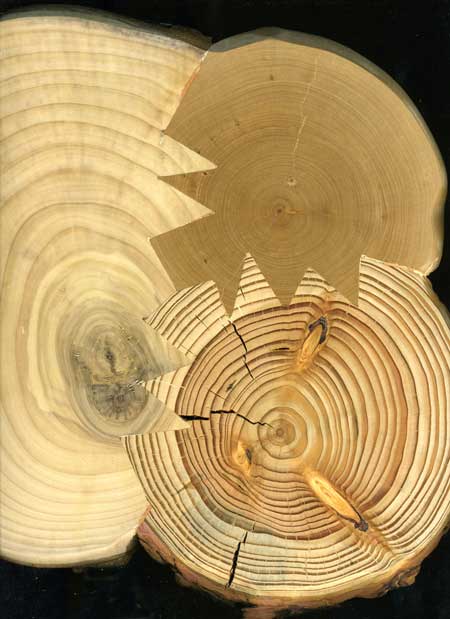
Here are more details from Cappello:
--
This project is build up around the waste generated by the Christmas industry. There is 1.8 millions Christmas trees in the street of London in January. I took advantage of this huge amount of wood shipped every year in the city.
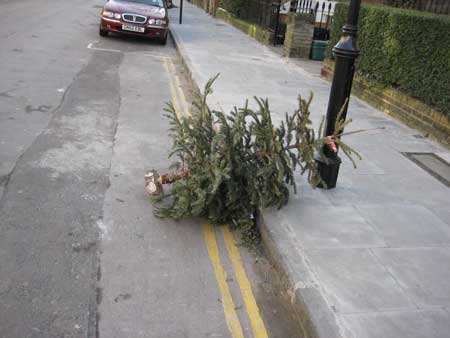
I collected these trees and treated them with basic wood tools that one could find in any local timber wood shop in London. I used the trunk of the tree and the wooden tree stand as wood, the small branches as dowels and I made a new material out of the needles. For the first collection I created a serie of small occasional piece of furniture, that can, because of their scale, go easily in the homes and broadcast the aesthetic and the vision of the project. I like to imagine, at a next stage, that temporary Christmas tree farm could use wasted space in the inner London. (e.g. a space waiting for refurbishment.) The open farm would provide a little greenery and Christmas trees for the local community and an ‘extra-local’ wood.
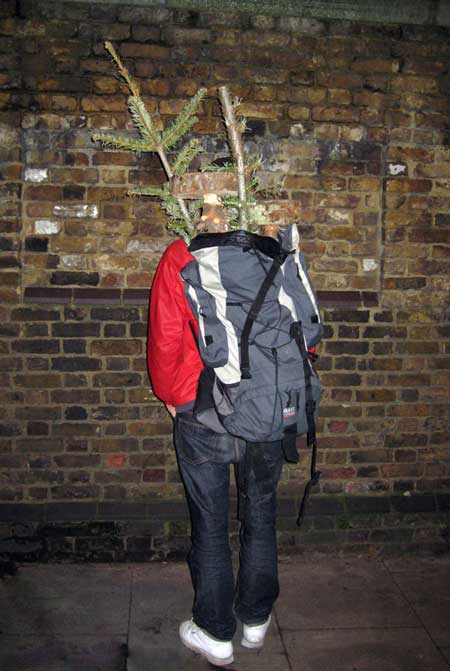
Extract from a conversation between Santa Claus and Fabien Cappello (January 2009).
Fabien Cappello : [about the project] I started this project back in mid-December 2007 when a Christmas tree stall popped out around the corner, where I was living in London. I saw the piles of trees arriving and I said to myself that it was quite a lot of wood. I think at this point, I actually noticed the fact that Christmas tree were also wood, I don’t think it came to my mind before… I waited for the beginning of January and I saw all the trees popping up in the street again, but this time the party was over. They were on the bin. [...] I decided to collect them, and that was not difficult to get thousand of them.
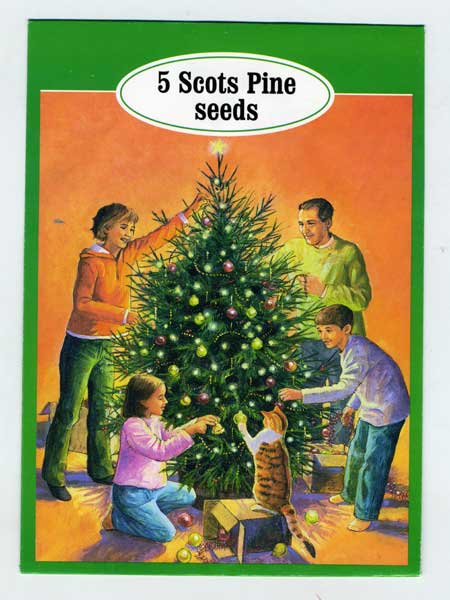
[about recycling] My design is not about solving the problem of the collect of (nor it is about recycling)… maybe it does, but that is not the point. I am looking at how the things works. I am interested in how we live in the city for instance. And what truly compose a city. Not really at an urban scale but more in details. I like to focus on facts that I notice and analyse; for instance : there is at some point of the year around 2 millions of Christmas tree send into the city, this amount of trees represents a lot of wood. From those facts it creates a lot of possibilities. I like to investigate about details or facts that push the possibilities even further. For instance Christmas trees are one of the trees that have one of the faster growing, and most of the trees “consumed” over the Christmas periode are 2 or 3 years old (which is extremely young for wood). And of course this wood is also interesting because it is a part of a very precise system and economy organised around Christmas and I wanted to create my own world within it.
[about the inspiration] During the design process I kept in mind the story of timber-rafting in North America back in the 19th Century. Timber-rafting is basically a log transportation method in which log are tied together into raft and drifted across a lake or down a wide river. This practise used to be common before the advent of the railroad and the improvement in truck and road network. The raft men -which could number up to 500 used logs to build galleys and organise the space they shared aboard. With the small timber they had to transport, they built cabins, furniture and tools. Those boats could navigate up to 5 or 6 months from one point to an other in an complete autarky. So that the raft became an island, with a micro-society evolving temporarily apart from the rest of the world and the wood shipping economy. Once arrived the logs were untied from the raft and the timber undo from the cabins and the pieces of furniture. The raft men were going back to their starting point or continued their trip further down another river, with a new boat and a new crew. I found in this story the most beautiful and strong aspect of locality. They created a real parallel society... but they were only transporting some piece of tree! They took advantage of and abuse (but in a very good way) the system they were living (and working) in. They turned what they had to achieve into a complete, and to my eyes, very beautiful way of life.
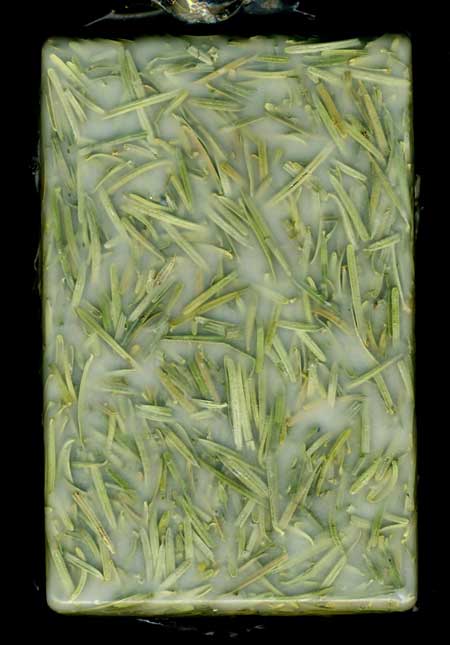
[about how the project could expand] As a next step for the project I like to imagine that Christmas tree farm could temporarily use wasted space in the city (a plot on a building site, a section of a estate waiting for refurbishment, or even a section in a park that need to be re-designed). The growing farm will provide a greenery for the community, but also some extra local wood. I really imagine the Christmas tree carpenter (I) working and selling the Christmas tree collection in a small shop, in the center of the city where the tree grown up (or were picked up). I really like the way London kept a lot of small shops and local services, I wanted to create a new one. I wanted every step of this project to happen in the inner London : the raw material is picked up from the farm in the street, it goes straight to the small workshop where the pieces of furniture are made and sold... It is a project at a local city scale. Everything is manufacture with a very light wood worker equipment, the same machine a Londoner would find in his local joinery or carpenter workshop.
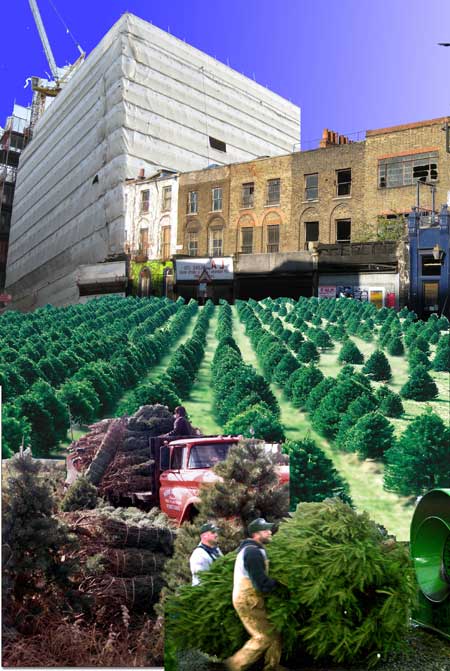
[about the non-efficiency ] ...but the modernist values and ideal have been developed in such a different time than the one I am living in. Such ideas as the rationalisation of needs or the strong belief in the growing capitalist industry...This system doesn’t appear to me as an ultimate model to follow. And there is no rationalism value (related to industry) leading my desire of design. There is just desire. The desire of the amateur or of the passionate getting excited and being lead by the envy. It might sounds a bite naive, but it is like this French postman called “le facteur Cheval” spending all his free time on decorating his house with thousand of stone collected during his round. He does it, that is all. It is not solving any problems, neither it is answering any needs, but it makes his heart beats. I am interest in activity that does not answer to any economic logic. We call those kind of activity a Hobby.
Creating objects out of christmas trees became somehow my hobby. I am doing it very seriously and on the side of any official efficient production or any official economic society... I collect and use the left-over material from the party organised by the Christmas industry and take them apart from the capitalist economic system.